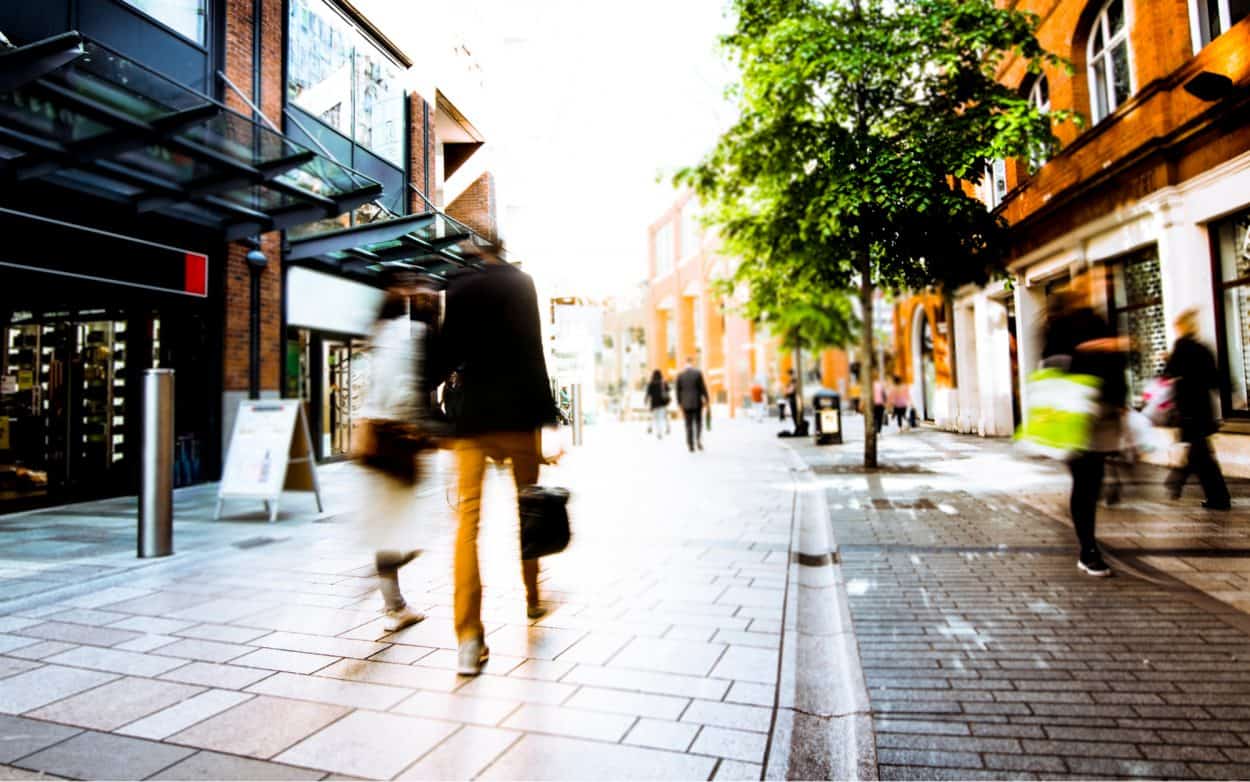Take a look at a high street near yo, and the odds are that some things have changed from five years ago!
High streets can be a hive of activity, no matter how many real shoppers are parading along the pavement. A lot of high streets double up as community meeting places where people can stop for a quick chat or arrange a coffee before their next venture. High streets are considered essential by many, and a decline in their prosperity would be a disaster on par with declining green spaces. The fact is, however, that several of our high streets have experienced one of two trends: businesses have closed permanently, or they have reluctantly waved the white flag and been taken over by larger, more corporate enterprises.
A prime example is the number of UK high street banks. In 1988, there were over 20,000; in 2012, that number was just over 13,000. In the last decade, 5,000 banks disappeared, leaving the number of high street banks at 8,000 at the end of 2021. A customer shift towards online banking was the main reason for the decline of the high street bank.
Whilst banks are not “shops” in the traditional sense, they remain one of the most profitable businesses around, and many more high street outlets are expected to suffer the same fate.
Covid, for sure, has been a fundamental reason for both a rise in online sales and the deterioration of high street shops. Brands are largely influenced by buyer’s behaviour, and online shopping has been the sole option for buying certain goods. In fact, 2.14 billion around the world shopped online last year – that’s about 28% of the planet’s population!
Another stat is that 64% of UK consumers prefer shopping on high streets to online browsing, although 55% of UK consumers admit that they will shop more online after the pandemic than they did before.
What can we take from this? Brits are a traditional bunch, so it’s not surprising that the “community feel” provided by high streets remains an important aspect when it comes to shopping. On the flip side, more people have gotten accustomed to online browsing (and buying), so it stands to reason that more UK shoppers will at least dabble more in online shopping.
The appeal of “real” or “physical” shops is unlikely to disappear completely, though the decline in the number of such outlets is the likely result of brands putting more of their budgets into online marketing and staff cut-backs.
Fashion and clothing remains popular purchases both online and in the high street; there’s nothing like browsing and trying on clothes in shops as opposed to ordering online, only to discover the pair of size 7 trainers you were looking forward to wearing at the weekend are, in fact, size 6.5 and pinch a little at the back! Cue a re-order, and more waiting time. Yes, online shopping is increasing and will undoubtedly continue to do so, but the charm and social facet of “proper shopping” is here to stay…for the time being, at least.
The high street may be less of an option now – and the online presence of brands may be increasing – but that just means consumers have more choice to feed their buying habits.
Post-pandemic, shopping may never be the same again. There’s still hope for physical stores, and the opportunity for brands to reach more consumers online is at an all-time high. Both types of commerce have their advantages, so it’s really in the hands of the consumer to decide where the direction takes us in the next few years.
Assuming there aren’t more lockdowns…






